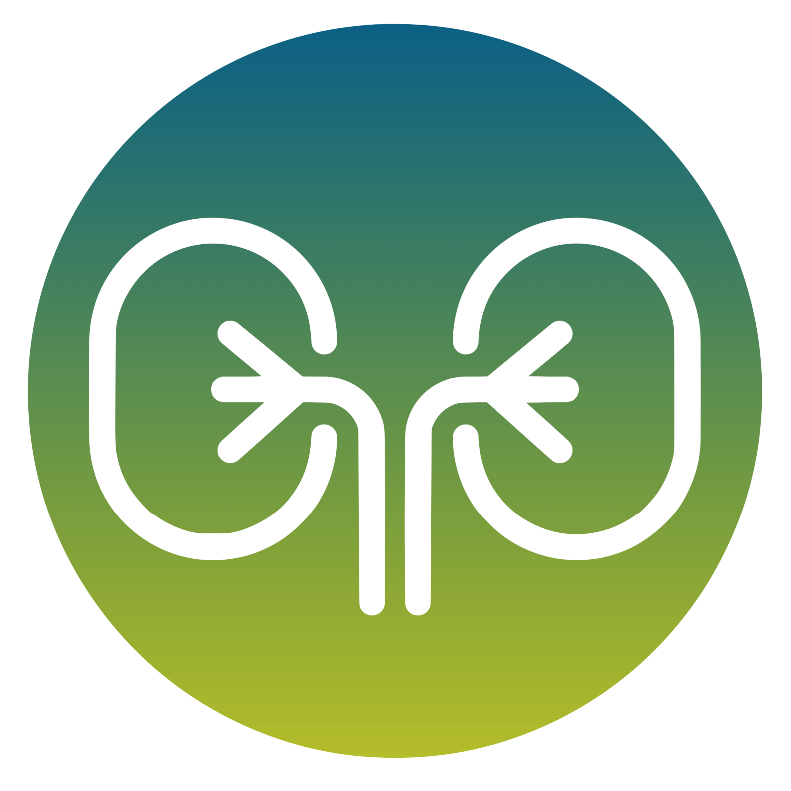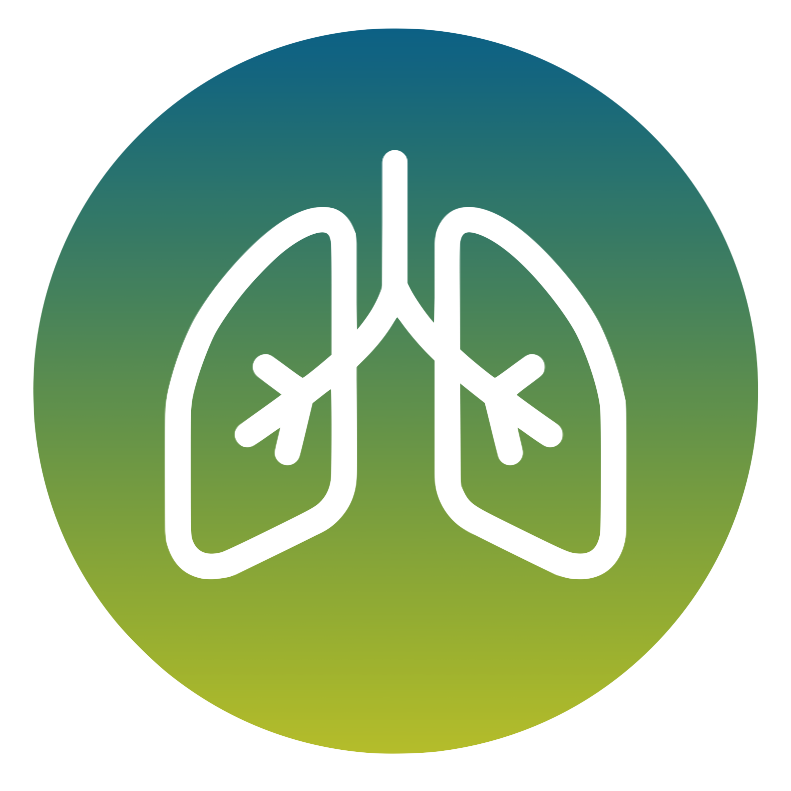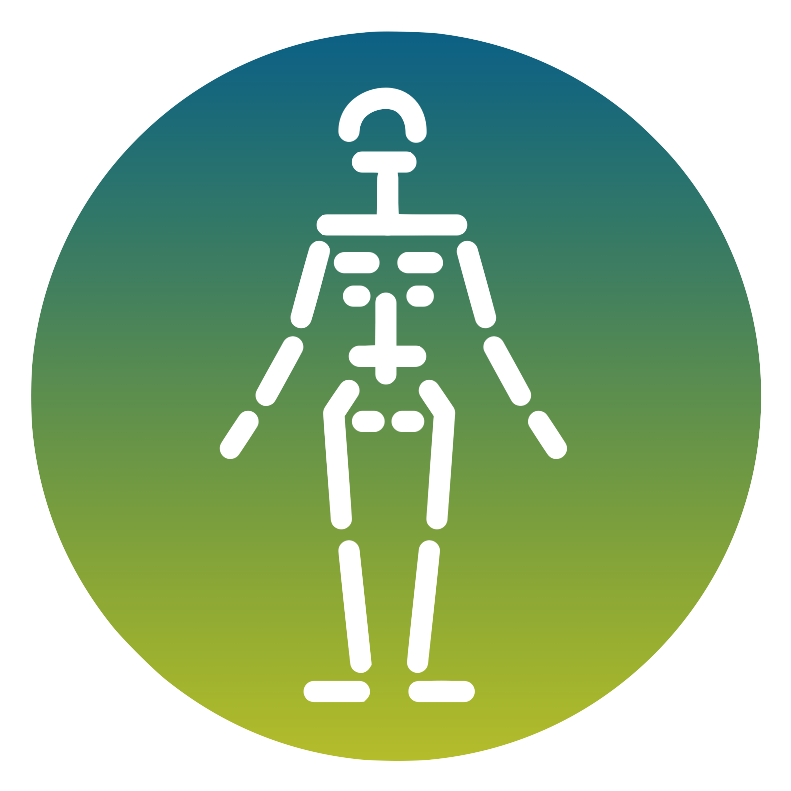Porphyria Code R-139
- Description
- Number Genes
- Prevalence
- Indications and clinical utility
- Test performed and limitations
- Other Specialities
Porphyria is a group of rare metabolic disorders that affect the body's ability to produce porphyrias, which are chemical compounds essential for the synthesis of haemoglobin, the protein that carries oxygen in the blood. Porphyrias can be classified into different forms, depending on the type of enzyme involved in the haemoglobin production process. Symptoms vary widely depending on the type of porphyria.
10 genes
3,2/1.000.000
Multi-gene panel aimed at the molecular diagnosis of porphyria.
Method: NGS sequencing, determination of SNVs (Single Nucleotide Variants), small insertions and deletions and CNVs (Copy Number Variants).
Limits: The test is unable to determine the presence of underrepresented somatic events, balanced chromosomal rearrangements, nucleotide expansion events of repeat regions, CNVs <3 contiguous exons. <3 esoni contigui.
Some genes may have low coverage areas, where necessary or upon specific request, within the limits of methodological limitations, sequencing can be completed with alternative methods (Sanger).
Some genes may be duplicated in the genome (pseudogenes), which may invalidate the analysis.
..














